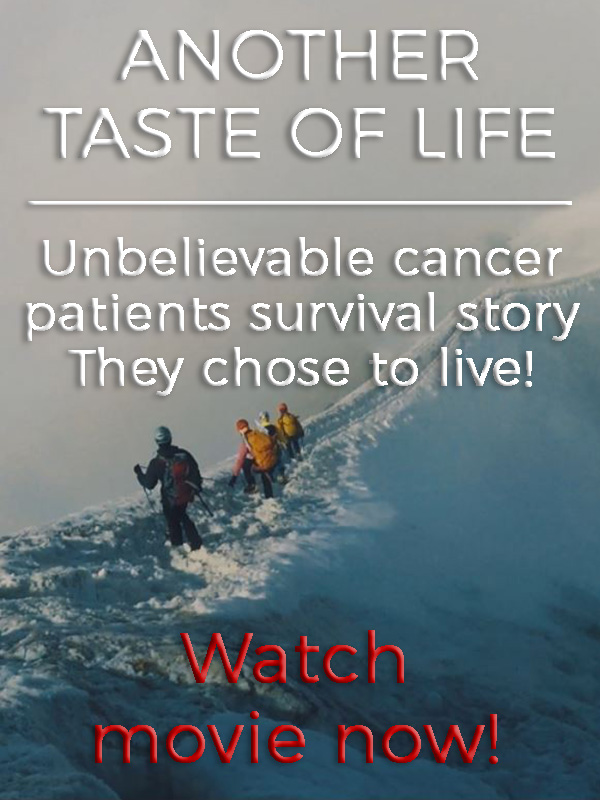Adjuvant therapies are basically integral substances designed to stimulate the body’s own immunity. By producing a greater immune response, adjuvant therapies used in conjunction with other cancer fighting modalities, are able to better fight cancer. They are particularly gaining interest for fighting advanced stages of cancer. The latest FDA approvals focus on drugs used for the specific treatments of latter staged metastatic based cancers.
Why Should We Pay Attention to Adjuvant Therapies?
The real question is rather can we afford not to pay attention? Statistics indicate that the global amount of new cancer cases is estimated to grow to 21.7M and 13M cancer related deaths respectively. [i] Cancer patients need to know that adjuvant therapies are designed to “assist” in a recommended treatment plan. Typically, adjuvant therapies actually act as a comprehensive tool to completely eradicate cancer cells long term. There are several types of adjuvant therapies in practice:
- Chemotherapy. Chemotherapy uses drugs to kill cancer cells throughout the body.
- Hormone therapy. For cancers sensitive to hormones, certain treatments can stop hormone production in your body or block the effect of hormones.
- Radiation therapy. Radiation therapy uses high-powered energy beams, such as X-rays or protons, to kill cancer cells. It can be given internally or externally.
- Immunotherapy works with your body’s immune system to fight off any remaining cancer cells by stimulating your body’s own defenses or supplementing them.
- Targeted therapy. Targeted therapy is designed to alter specific abnormalities present within cancer cells. For example, a targeted therapy is available to block the action of a protein called human epidermal growth factor receptor 2 (HER2) in women with breast cancer.
Adjuvant Therapies in Practice: Targeting the Immune System
Checkpoint inhibitors in combination therapies for patients with high risk stage melanomas is the best option for prevention of relapse and outcome. Checkpoint inhibitors are actually “chemical interrupters” of the highly complex check and balance system of the body. The primary function a checkpoint inhibiting drug is to flip the “on” switch from the off position when it comes to fighting foreign bodies – in this case cancer cells. Cancer cells have a knack for camouflage, making themselves undetected to attacks from T-cells.
Examples of checkpoint inhibitors being used in clinical trials with successful patient outcomes are what is referred to as PD-1 or CTL4 inhibitors. Combining oncolytic virotherapies and immunotherapies have shifted the gears on how advanced staged cancers are working. Not only are they proving to be effective against reoccurrence, but also, they are significantly more effective against advanced staged melanoma cases.
Adjuvant Therapies – Are they Safe?
From what is known about immunotherapy practices through results given by clinical trials is that they present good and bad points of focus. Clinical researchers that are respected in this field of study cite concerns about the side effects of certain PD-1 inhibitors. While their efficacy is of particular interest and benefit to the patient, conversely the potential toxicity is of concern. Oncologists as part of a growing conversation are standing on a platform of weighing the risk-to-benefit ratio before deciding upon immunotherapy treating decisions. A recent publication with the NIH reflect that respect be given to a set of criteria when selecting eligible patients for immunological PD-1 therapy modalities.
Conclusion – Adjuvant Therapies, What Patients Should Know
What role does immunotherapy play in the adjuvant therapy conversation? To answer, these are potential benefits associated with treating with the medical revolutionary drug discoveries:
- Ability to treat advanced stage cancers.
- Ability to prevent cancer re-emergence.
- Ability to treat difficult tumor related cancers.
- Ability to extend patient life quality.
Understanding how these adjuvant therapies work in the body can be difficult for a person not immersed in this field of study. The educational process is rather a multi-pronged process. The first step is to understand the nature of the cancer afflicted; the second is to understand the progression and staging; the third is to understand what treatment options are available to bet suit quality of life and outcome. To better visually see anti-tumor activity in action, there are some accurate visual references that may help.
[i] American Cancer Society. Global Facts & Figures. Retrieved from https://www.cancer.org/research/cancer-facts-statistics/global.html





